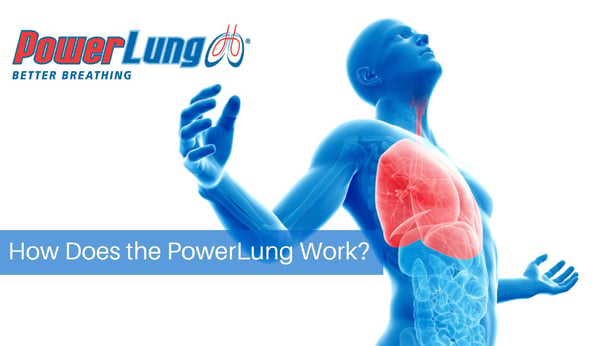
When you consider ways in which you can train your body for better health, you might think of weight lifting, running, swimming, bicycling or a variety of aerobic workouts. However, have you considered training your respiratory system?
The respiratory muscles are a unique system because they are constantly working, without any real voluntary thinking. Because of this fact, many people—including premier athletes—believe that they need no formal training, nor can there be any benefit to doing so. However, the fact that athletes can perform for longer periods of time without fatigue is proof that cardiovascular training is beneficial to health.
Fatigue
Respiratory muscles, like any other muscle group, can suffer from fatigue. Breathlessness and a loss of diaphragm strength can occur after prolonged strenuous exercise, as well due to respiratory diseases, like COPD. This can inhibit athletic capabilities, which is a good reason to look for ways to improve respiratory muscle abilities.
Can Lungs be Trained?
It is commonly known that one cannot increase lung capacity. Your lungs are a specific size, which cannot be changed. However, you can increase respiratory volume. By doing this, you are increasing the amount of air you can inhale and exhale, delivering oxygen to your cells faster. This allows your muscles to work more efficiently and tire slower.
Methods of Training
There are two broad categories of respiratory muscle training:
- Resistance Training. Like weight-lifting, where the respiratory muscles are subject to bearing a load; and
- Endurance Training. In this type of training, the respiratory muscles work at high velocities for an extended period.
Resistance Training includes several factors. Inspiratory resistive training involves inhaling with resistance, either through a tube with various sized openings or with some physical barriers (like plastic balls) increasing the pressure with which the inhaler is forced to bear.
Described as being equivalent to breathing through straws of diverse sizes, the downside of this method is the lack of ability to monitor and adjust the flow accurately, and its tendency to cause patients to breathe more shallowly due to lack of threshold to overcome.
Threshold resistance takes the resistance theory and, like weight training where athletes add weights as their strength increase, the threshold of resistance is adjusted. Inspiratory training has been shown to increase exercise tolerance and decrease the sensation of dyspnea (shortness of breath).
Adding Expiratory Training
Since you inhale and exhale, it is important to consider training the expiratory portion of the respiratory muscle function as well. If you consider the actions your muscles (diaphragm and intercostals) engage in while you breathe, you realize that the effort of exhaling truly trains those muscles more. Studies have shown that by challenging these muscles, they are strengthened, increasing athletic ability and endurance.
In addition to strengthening respiratory muscles in athletes, musicians, and those wanting to increase their strength for health reasons, this type of training has been shown to improve the health of patients suffering from Parkinson’s Disease and stroke.
PowerLung Breathing Device
There are many respiratory muscle training devices available today. Few of them offer a complete product to fit the variety of needs and different options for training. PowerLung has been used in several independent studies, supporting the claims and providing users the confidence that they can see the results they want with its use. Further, most other devices on the market today do not combine both inhalation and expiration training to deliver a complete exercise product.
With our Therapy Expert Program, respiratory therapists can become trained to provide teaching and support to patients and athletes wanting to incorporate the PowerLung into their regimen.
Discover today how PowerLung can make a difference in your breathing!

